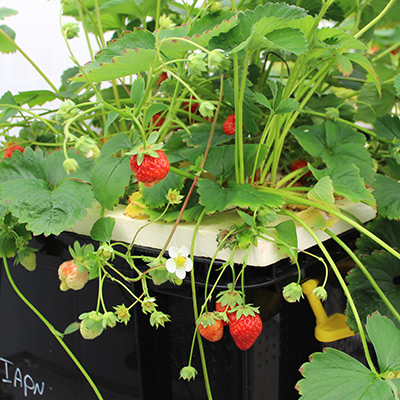Research
Plant nutrients are part of a complex system whose dynamics can influence the behavior and availability of nutrients. Thus, a cause-and-effect relationship can arise that involves a wide variety of factors and levels, such as soil and plant, or pH and rhizosphere. In response, numerous adaptations in physiology and anatomy take place in the plant. Therefore, looking at a single nutrient in isolation is often not useful and cannot reflect the complexity that underlies nutrient behavior.
The interactions of nutrients with their biotic and abiotic environments are diverse. For the discipline of plant nutrition, the interaction of nutrients with each other is of particular importance. Nutrients interact with other elements and may exhibit antagonistic or synergistic behavior, or they may not interact at all. In the first case, either the availability, uptake or functions in the metabolism of another nutrient are inhibited (antagonism) or promoted (synergism). Nutrient interactions can occur at the root surface or within the plant, inducing deficiencies or inducing or reducing toxicities.
The physical, chemical, and biological properties of the soil have a major influence on the strength and nature of the interactions and the conditions in the rhizosphere. Biological properties, such as microbial composition or symbiosis with mycorrhizae, also influence soil nutrient dynamics.
A detailed study of the nutrient dynamics and interactions with the abiotic and biotic environment are of great importance due to the great complexity in order to make plant production efficient.
Related Projects

The effect of plant nutrition on pollination services
Involved Researcher
Junior Professor Dr. Merle Tränkner

The interaction of magnesium and boron under aluminum-toxic growth conditions
Involved Researcher
Junior Professor Dr. Merle Tränkner

Iron and oxygen interaction in nutrition and physiology of maize
Involved Researcher
Esther Armah Harding,







